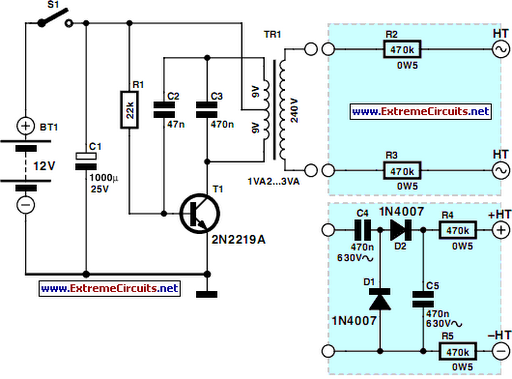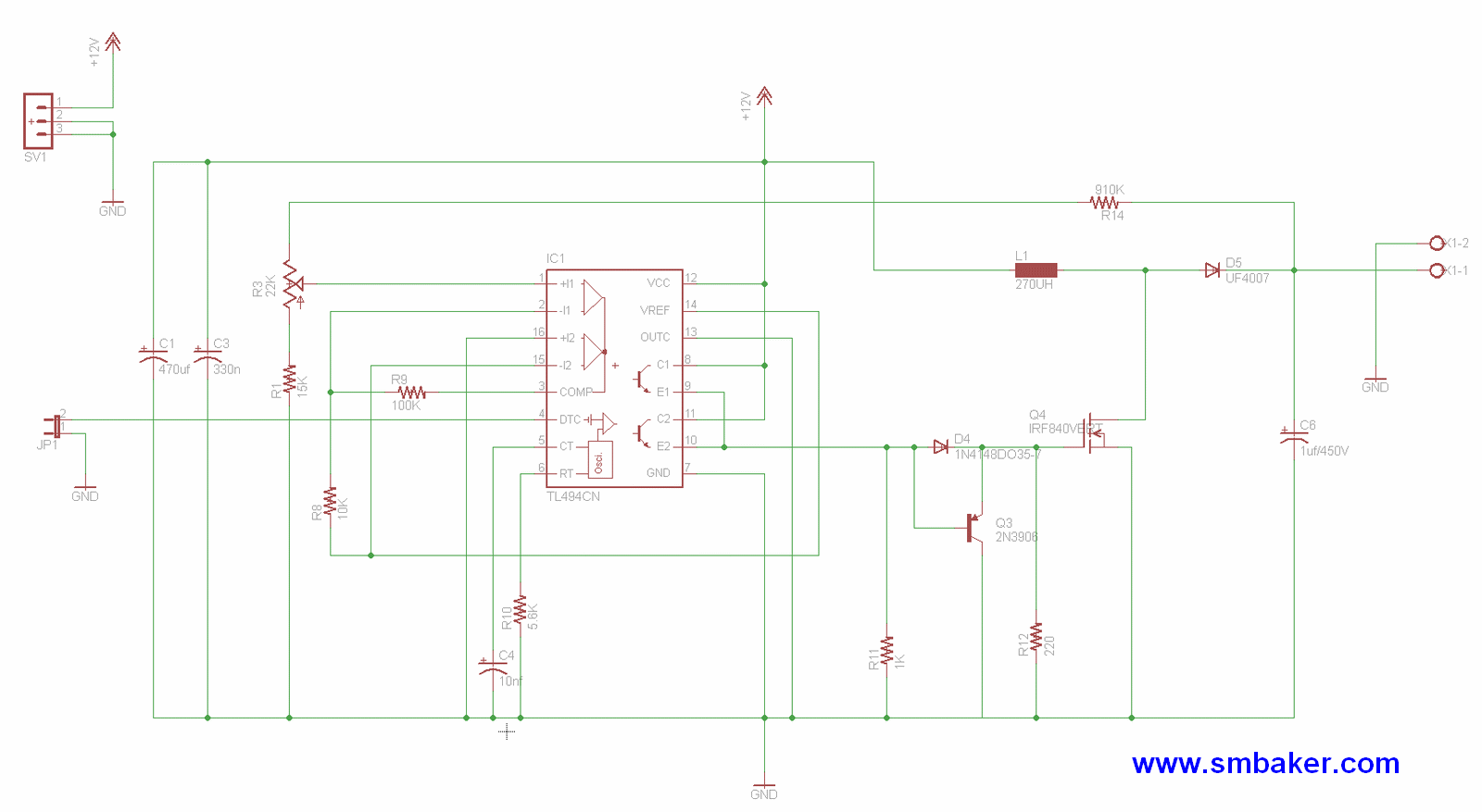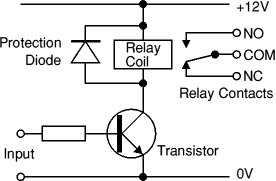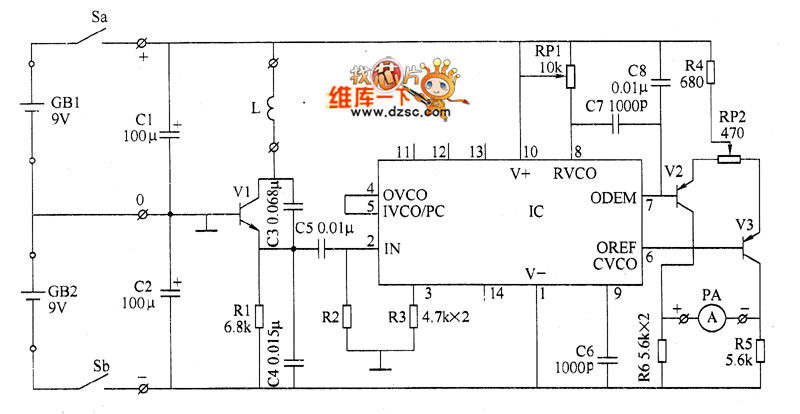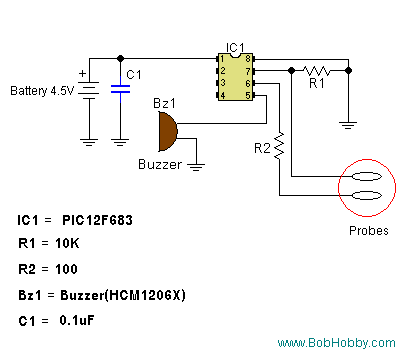
Voltage detector relay
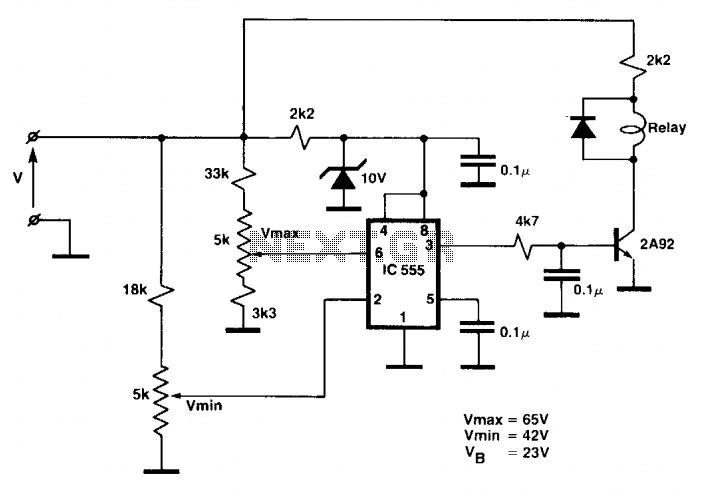
While the battery is charging, its voltage is measured at V. If the measured voltage is lower than the minimum threshold, the relay will be activated, connecting the charger circuit. When the battery voltage exceeds the maximum set point, the relay is deactivated and remains in this state until the voltage drops below the minimum, at which point it will reconnect.
Additionally, if the voltage falls below a threshold known as VB (low breaking voltage), it is assumed that this low voltage indicates one or more damaged components in the battery. It is important to note that VB is significantly lower than the minimum set point.
The described circuit involves a battery charging system that utilizes a relay for voltage management. The relay serves as a switch that connects or disconnects the charger based on the battery voltage readings. The operational thresholds are critical for ensuring battery health and preventing damage.
In this circuit, a voltage sensing mechanism continuously monitors the battery voltage. When the voltage is below the minimum threshold, the relay is energized, allowing current to flow from the charger to the battery, thereby initiating the charging process. The relay can be implemented using an electromagnetic coil that, when energized, closes the contacts to complete the charging circuit.
As the battery charges, the voltage is continuously monitored. Upon reaching the maximum set point, the relay is de-energized, breaking the connection between the charger and the battery. This feature is crucial for preventing overcharging, which can lead to battery damage or reduced lifespan.
Additionally, the circuit incorporates a low breaking voltage (VB) threshold. If the voltage drops below this level, it indicates potential issues within the battery, such as damaged cells or internal short circuits. This serves as a protective measure, prompting further inspection or maintenance of the battery system.
Overall, this circuit design effectively manages battery charging through precise voltage monitoring and relay control, ensuring optimal performance and safeguarding against potential battery failures.While the battery is being charged, its voltage is measured at V. If the measured voltage is lower than the minimum the relay will be energized, that wiU connect the charger circuit. When the battery voltage runs over the maximum set point, the relay is deenergized and it will be held that way until the voltage decreases below the minimum when it will be connected again.
The voltage is lower than a threshold VB (low breaking voltage) the relay will be assumed that such a low voltage is due to one or several damaged battery components. Of course VB is much lower than the minimum set point.
Additionally, if the voltage falls below a threshold known as VB (low breaking voltage), it is assumed that this low voltage indicates one or more damaged components in the battery. It is important to note that VB is significantly lower than the minimum set point.
The described circuit involves a battery charging system that utilizes a relay for voltage management. The relay serves as a switch that connects or disconnects the charger based on the battery voltage readings. The operational thresholds are critical for ensuring battery health and preventing damage.
In this circuit, a voltage sensing mechanism continuously monitors the battery voltage. When the voltage is below the minimum threshold, the relay is energized, allowing current to flow from the charger to the battery, thereby initiating the charging process. The relay can be implemented using an electromagnetic coil that, when energized, closes the contacts to complete the charging circuit.
As the battery charges, the voltage is continuously monitored. Upon reaching the maximum set point, the relay is de-energized, breaking the connection between the charger and the battery. This feature is crucial for preventing overcharging, which can lead to battery damage or reduced lifespan.
Additionally, the circuit incorporates a low breaking voltage (VB) threshold. If the voltage drops below this level, it indicates potential issues within the battery, such as damaged cells or internal short circuits. This serves as a protective measure, prompting further inspection or maintenance of the battery system.
Overall, this circuit design effectively manages battery charging through precise voltage monitoring and relay control, ensuring optimal performance and safeguarding against potential battery failures.While the battery is being charged, its voltage is measured at V. If the measured voltage is lower than the minimum the relay will be energized, that wiU connect the charger circuit. When the battery voltage runs over the maximum set point, the relay is deenergized and it will be held that way until the voltage decreases below the minimum when it will be connected again.
The voltage is lower than a threshold VB (low breaking voltage) the relay will be assumed that such a low voltage is due to one or several damaged battery components. Of course VB is much lower than the minimum set point.
